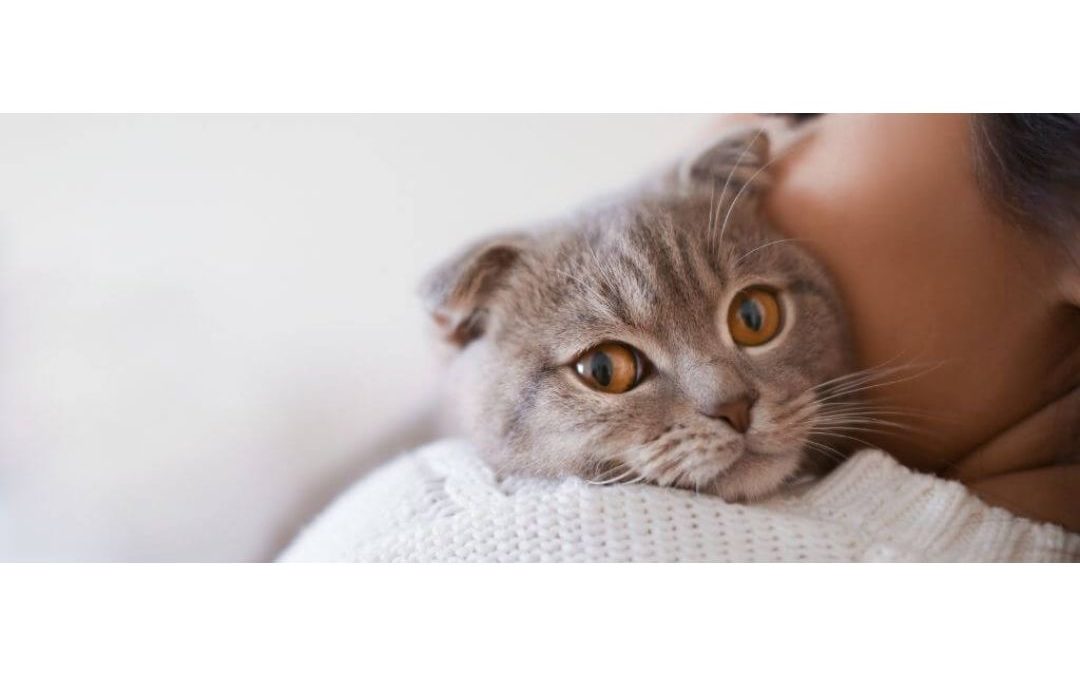It is important to know the signs of pain in your cat so you can identify when something may be wrong. The following are some things to look for:
Your cat’s habits
As your cat’s owner, you know your cat better than anyone, and you will be the first person to realize they are not acting like themselves. Factors to consider include:
- Appetite — Cats in pain typically will stop eating or have a decreased appetite. They also may drink less.
- Social interaction — Your cat may withdraw and avoid social interactions, or they may seek comfort and affection. A previously friendly cat may start to exhibit aggression.
- Litter box habits — Your cat may stop using their litter box, or you may notice that their feces are hard and dry, indicating constipation.
- Cat Grooming — Your cat may stop grooming, resulting in an unkempt appearance. They also may excessively groom an area that is injured, causing hair loss or skin damage.
Your cat’s activity level
Pain can affect your cat’s ability to maintain its usual activity level. The changes may be subtle, but things you can look for include:
- Mobility — Your cat may move slower than usual, be reluctant to move, or limp when they do move. You also may notice they have difficulty getting up from a reclining position.
- Jumping — Your cat may avoid jumping on surfaces they used to access easily, or they may attempt to jump and fall.
Your cat’s postures and facial expressions
Your cat communicates using their body language and facial expressions, so knowing how to read their cues is key to determining if they are in pain.
- Posture — They may arch their back or tuck in their abdomen.
- Expression — They may have enlarged pupils, flattened ears, and a furrowed brow.
If you believe your cat is afflicted by pain, do not attempt to medicate them before speaking with a veterinary professional, as many common pain relievers are toxic to cats. Contact our team so we can help ease your cat’s suffering.

